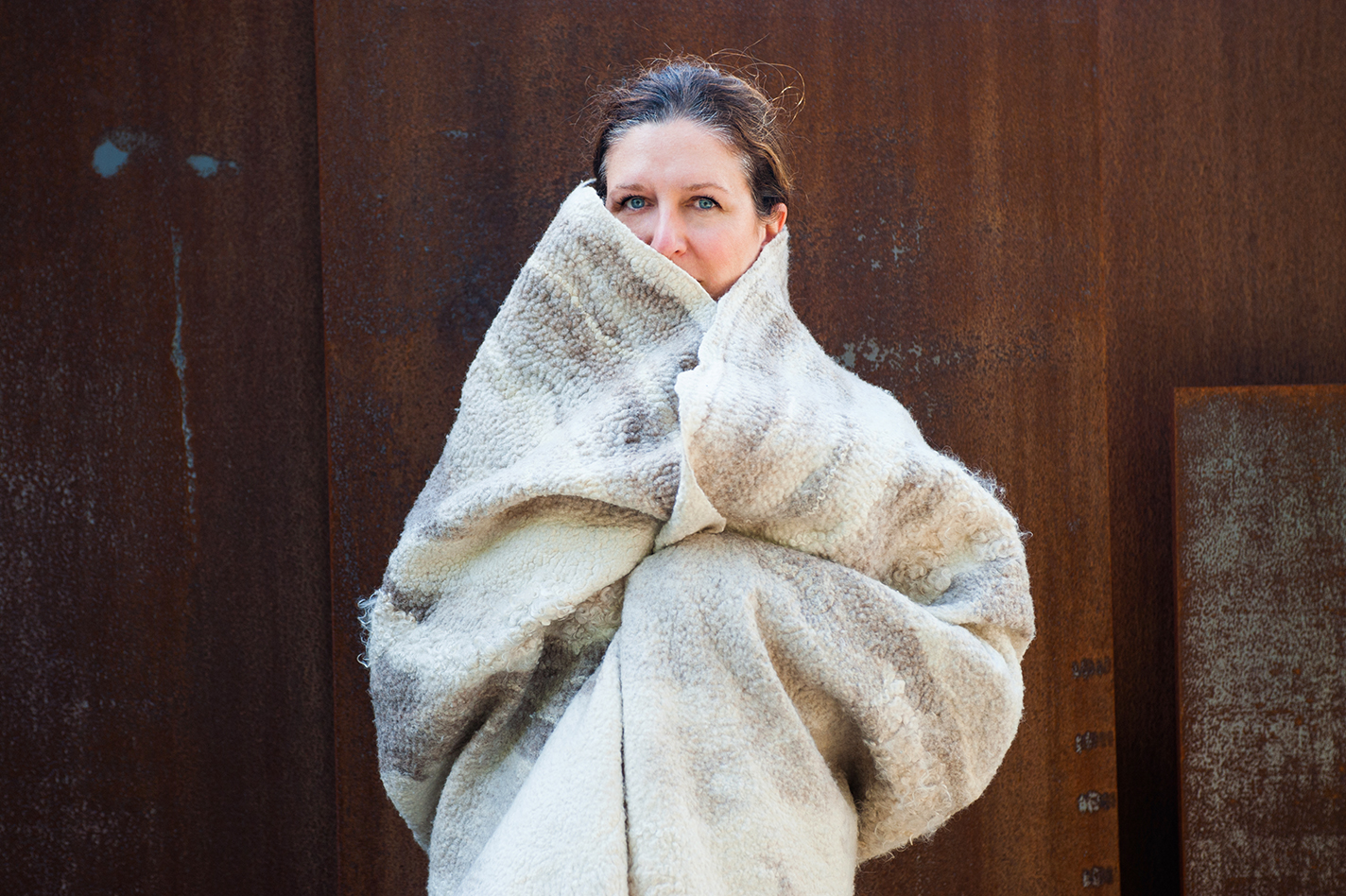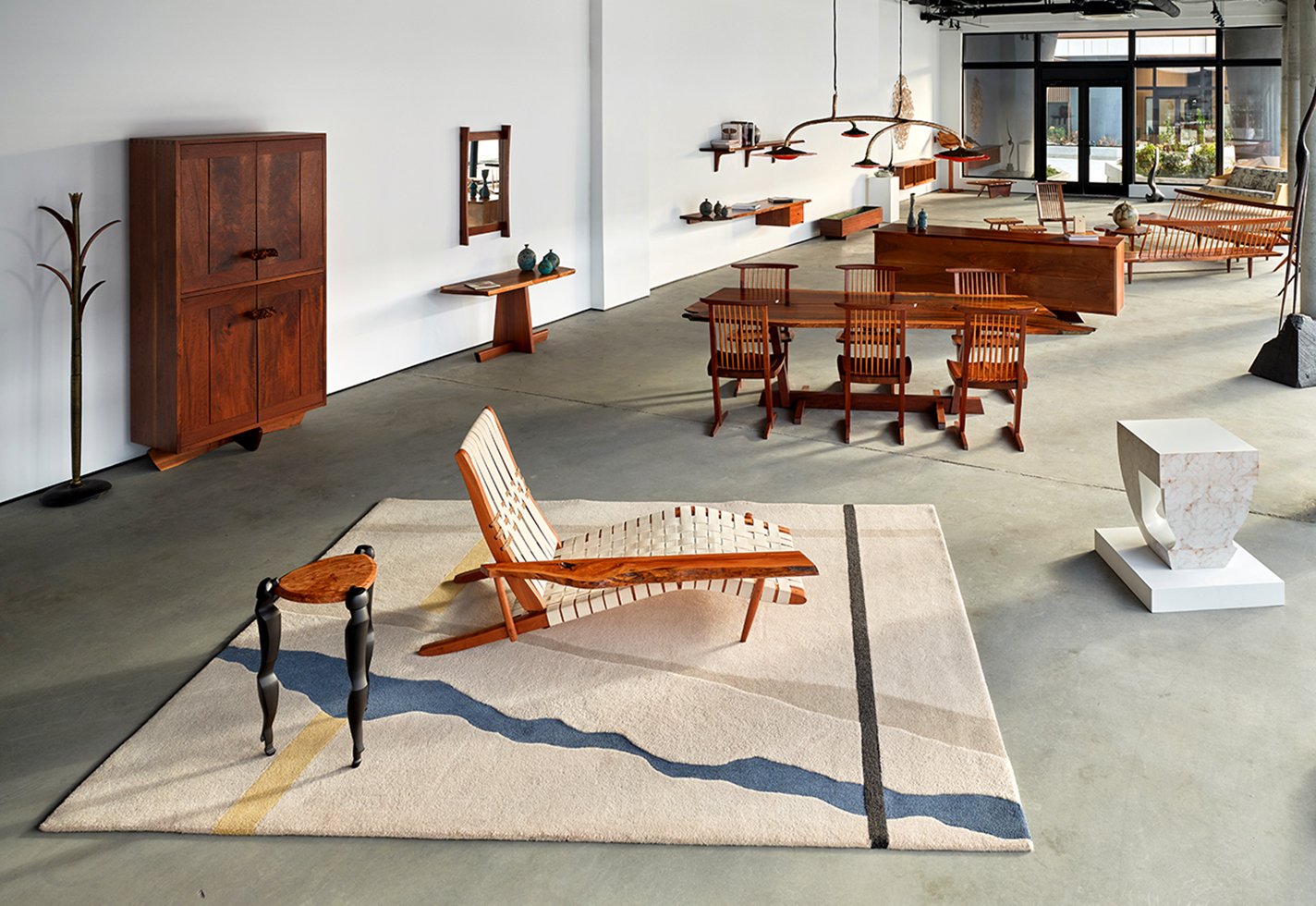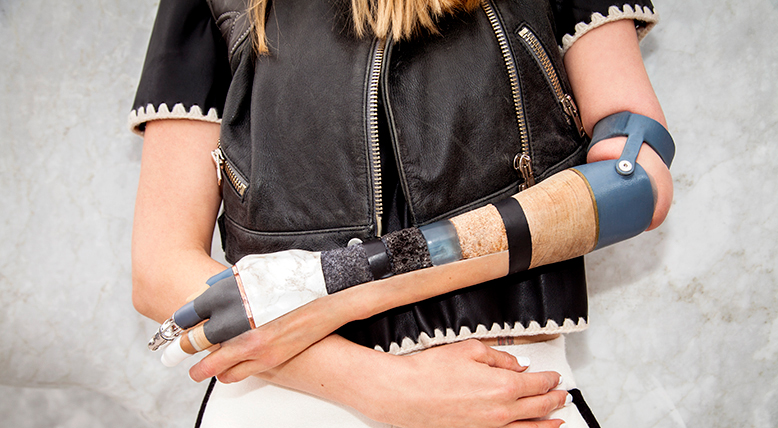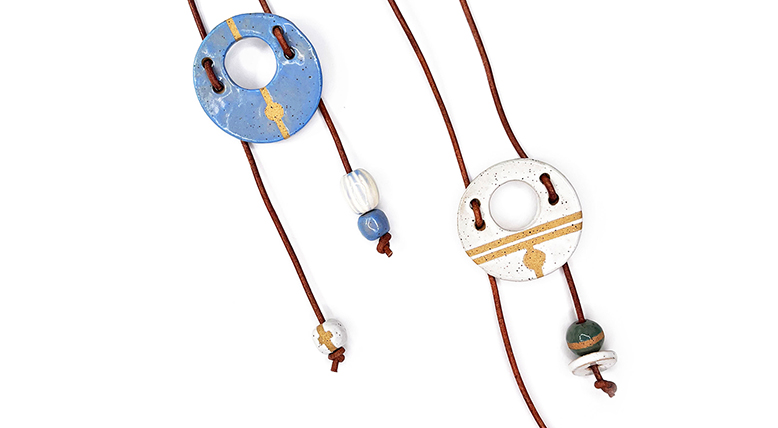Tell us about your experience with Antiques Roadshow. You just finished filming your tenth season, right?
Indeed. I had been asked if I was interested a couple of times, and when I started my own company in 2012, I decided I was ready to give it a try. A lot of colleagues from my Sotheby’s and Christie’s days had done it, so I saw it as an opportunity to see friends in the industry who are still back East. It’s like summer camp for appraisers; a huge part of the reason we do the show is to see each other. Also, the production staff are fantastic.
How would someone go about appraising handmade jewelry? Say, a unique piece inherited from a family member.
After someone passes away, most people are trying to establish a piece’s value for equitable distribution of assets, or because they don’t want to keep it and would like to donate it. Federal estate tax exemptions are high, so only an incredibly small percentage of people are subject to estate tax. [In 2023, if someone’s estate is worth $12.92 million or less, they don’t have to worry about federal estate taxes.] When making a donation, only pieces that could be worth more than $5,000 would require an appraiser; people can self-appraise up to that amount. I and many of my colleagues spend a lot of time explaining to people why they don’t need to hire us. It only takes two days of my time to make my services cost more than $5,000, so you have to know it’s really worth it.
Noted! But what if we want to sell a piece of jewelry, on eBay or a similar vendor, and want to set a fair price?
Unless there is an established secondary market for this piece, it’ll sell at scrap value. If a maker isn’t seen at brick-and-mortar houses or doesn’t have a regular presence on eBay, most appraisers will look at jewelry and say “I have no idea who made this,” so the market value is whatever the gold or the stone would be worth. You have to be able to support your value opinion with comparable sales data.







